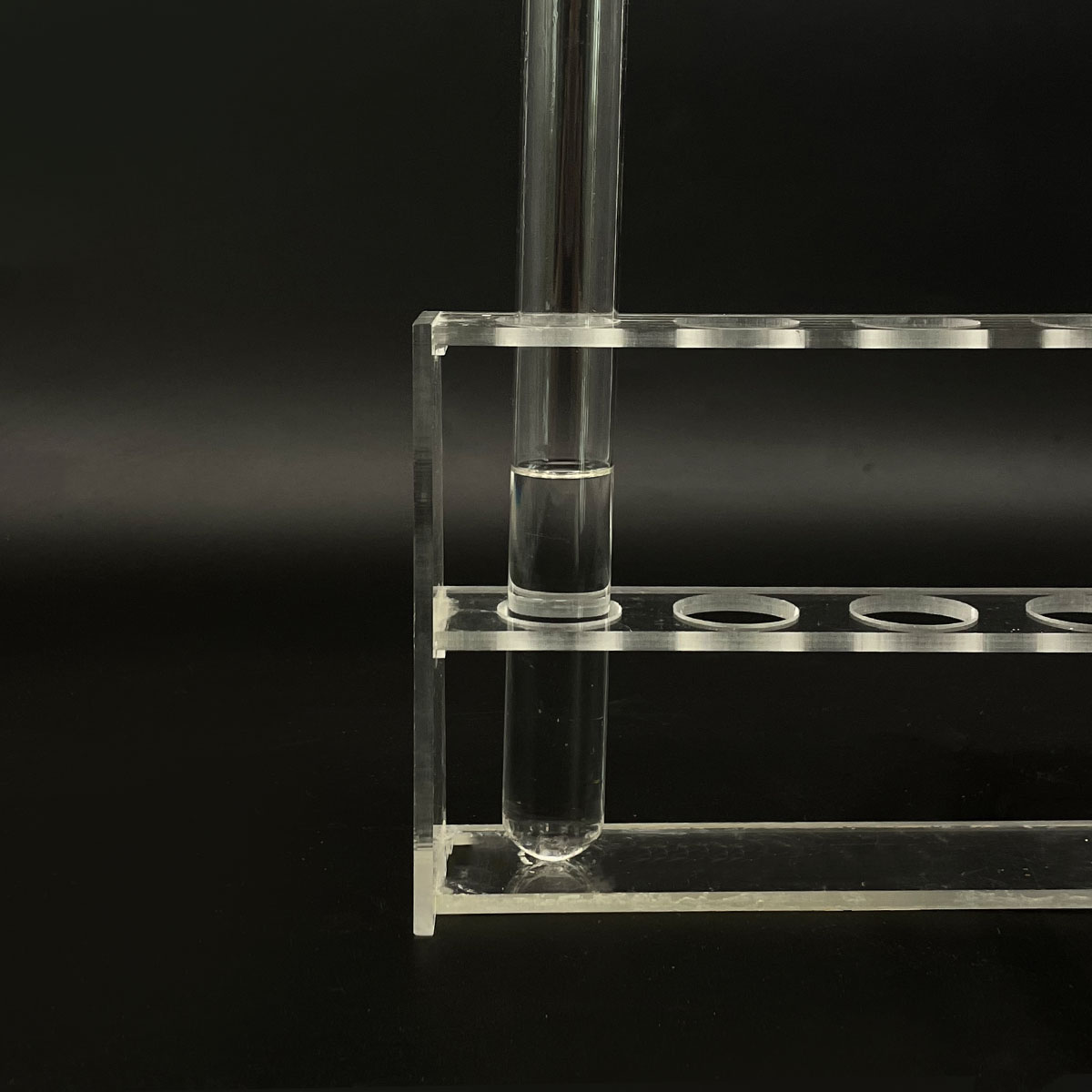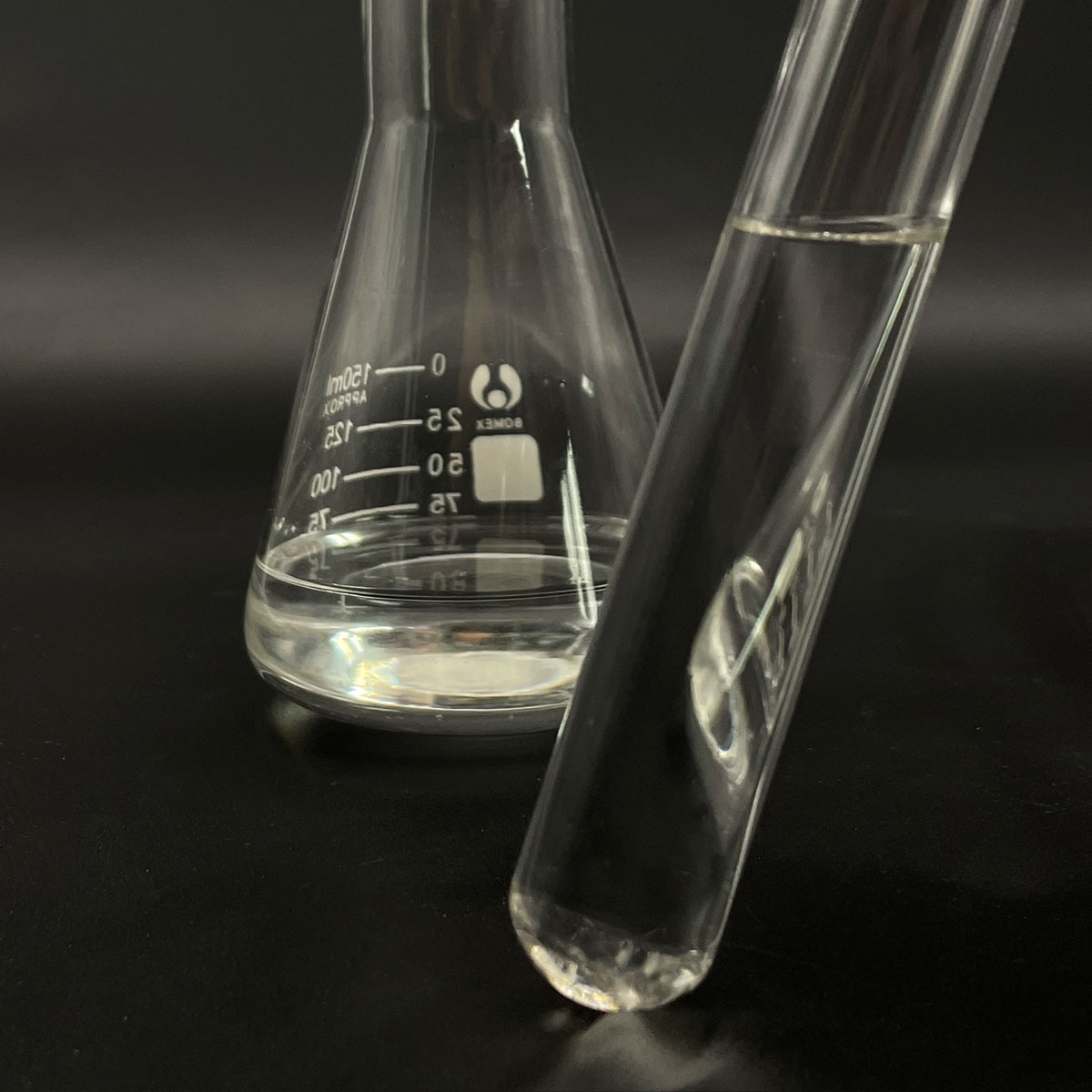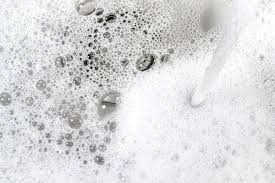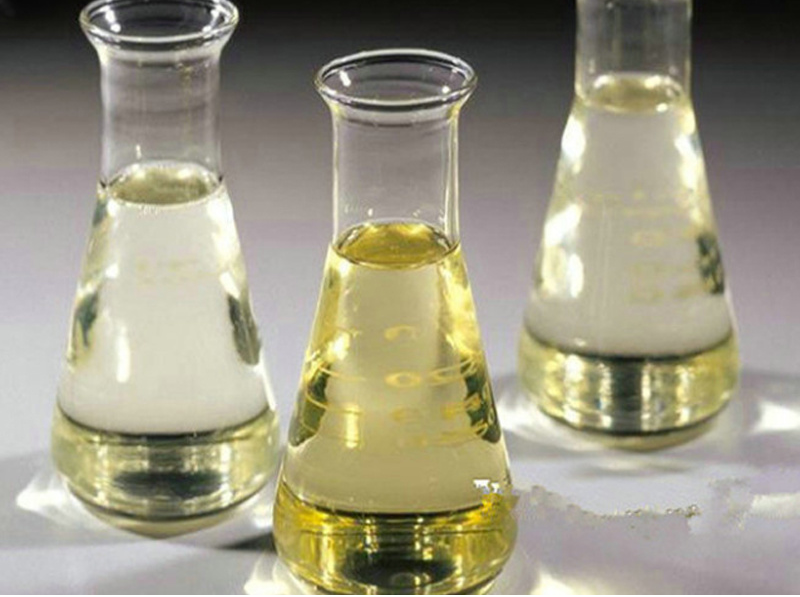**Anionic Surfactants: When Do They Outperform Nonionic and Cationic Types?**
(What Are The Main Uses For Using An Anionic Surfactant Over A Nonionic Or A Cationic?)
Choosing the right surfactant feels like picking the perfect tool. You wouldn’t use a hammer to tighten a screw. Soap, shampoo, laundry detergent, industrial cleaners – they all rely on surfactants. These molecules have a split personality. One end loves water. The other end hates water and loves oil or grease. This dual nature lets them break down dirt and grime. But not all surfactants are the same. Anionic, nonionic, cationic – each type has unique strengths. Why pick an anionic surfactant over the others? Let’s break it down.
**1. What Makes Anionic Surfactants Special?**
Anionic surfactants carry a negative electrical charge on their water-loving head. Think of them as the powerhouse cleaners. This negative charge is key. Sodium Lauryl Sulfate (SLS) and Sodium Laureth Sulfate (SLES) are classic examples. You find them everywhere. They are incredibly effective at lifting dirt and oil. They create rich, stable foam easily. This foam helps trap dirt particles so they rinse away. Their strong cleaning power makes them favorites for heavy-duty jobs. They are generally cost-effective to produce. This keeps product prices down. Their structure allows them to work well in alkaline conditions. Many cleaning products are alkaline. This compatibility is a big plus. They are versatile performers across many applications.
**2. Why Pick Anionic Over Nonionic or Cationic?**
Each surfactant type has its place. Understanding their differences explains why anionics often win. Nonionic surfactants have no charge. They are gentler. They work well in hard water. They are good emulsifiers. But they often lack the raw cleaning punch of anionics. They usually don’t foam as much. Sometimes low foam is good. Other times, like in hand soap, consumers expect lots of lather. Cationic surfactants have a positive charge. They are great for fabric softeners. Their positive charge sticks to negatively charged fabrics. This makes clothes feel soft. They also have antibacterial properties. But they are generally poor cleaners. They don’t mix well with anionics. They cancel each other out. So, when you need strong cleaning, powerful foam, and cost-effectiveness, anionics are usually the top choice. They tackle greasy, oily dirt better than nonionics. They provide the suds cationic types cannot. For deep cleaning surfaces, skin, or clothes, anionics deliver.
**3. How Do Anionic Surfactants Actually Work?**
Their magic lies in that negative charge and their structure. Picture a surfactant molecule. It has a long hydrocarbon tail. This tail hates water. It loves grease and oil. The head group loves water and carries the negative charge. When you add them to water, they arrange themselves. The tails point away from the water. The heads stay in the water. At surfaces, like your skin or a countertop, they line up. The tails stick into grease or oil. The heads stay in the water. This reduces water’s surface tension. Water can spread out and wet surfaces better. When you scrub or agitate, the tails pry dirt and oil loose. The molecules surround the oil droplet. The tails point inward, trapping the oil. The heads point outward into the water. This forms a micelle. The negative charges on the micelle repel each other. This keeps the oil droplet suspended in water. It can’t redeposit onto the surface. Rinsing washes the micelles away. The strong charge helps break up tough grime. It also creates stable foam bubbles. These bubbles help lift and carry away dirt particles.
**4. Where You Find Anionic Surfactants in Action**
Anionic surfactants are workhorses in countless products. Look in your bathroom. Shampoo, body wash, hand soap, toothpaste – they all likely contain anionics like SLS or SLES. They provide the satisfying lather and deep clean. Check the laundry room. Heavy-duty laundry detergents rely heavily on anionics. They excel at removing body oils, grease stains, and ground-in dirt from fabrics. Dishwashing liquids, both hand and machine, use them. They cut through greasy food residue easily. Household cleaners, especially all-purpose sprays and floor cleaners, often feature anionics. They tackle kitchen grease and bathroom grime. Industrial settings use them massively. They clean machinery, parts, and large surfaces. They are key in textile processing and leather treatment. They help formulate agricultural sprays and pesticide formulations. Even firefighting foams utilize specific anionic types. Their ability to clean aggressively, foam well, and remain cost-effective makes them indispensable across these areas.
**5. Quick FAQs on Anionic Surfactants**
People often have questions about these common ingredients.
* **Are they safe?** Used properly in formulated products, major anionic surfactants like SLS and SLES are considered safe by regulatory bodies. Some individuals might experience skin irritation. This is why milder options exist for sensitive skin. Always follow product instructions.
* **Do they harm the environment?** Modern anionic surfactants are designed to biodegrade relatively quickly in treatment plants. Regulations require this. Older types were less biodegradable. Research and regulations focus on improving environmental profiles.
* **Why do some products avoid them?** Some people prefer sulfate-free products. This avoids SLS and SLES. Reasons include perceived gentleness for sensitive skin or hair. Some believe it prevents color fading. Alternatives exist, but might not clean as powerfully or foam as much.
* **Can I mix them with cationic surfactants?** Generally, no. Mixing anionic and cationic surfactants usually causes problems. They attract each other due to opposite charges. This forms a sticky, insoluble complex. It can gunk up your mixture. It definitely ruins the cleaning action. Stick to one type or use nonionics as bridges.
(What Are The Main Uses For Using An Anionic Surfactant Over A Nonionic Or A Cationic?)
* **What about hard water?** Hard water contains minerals like calcium and magnesium. These can react with anionics. This forms insoluble scum. This scum reduces cleaning power. It can leave a film on surfaces or fabrics. Many modern detergents include builders. These builders soften the water. This prevents the scum problem. Nonionic surfactants are less affected by hard water.
Inquiry us
if you want to want to know more, please feel free to contact us. (nanotrun@yahoo.com)




